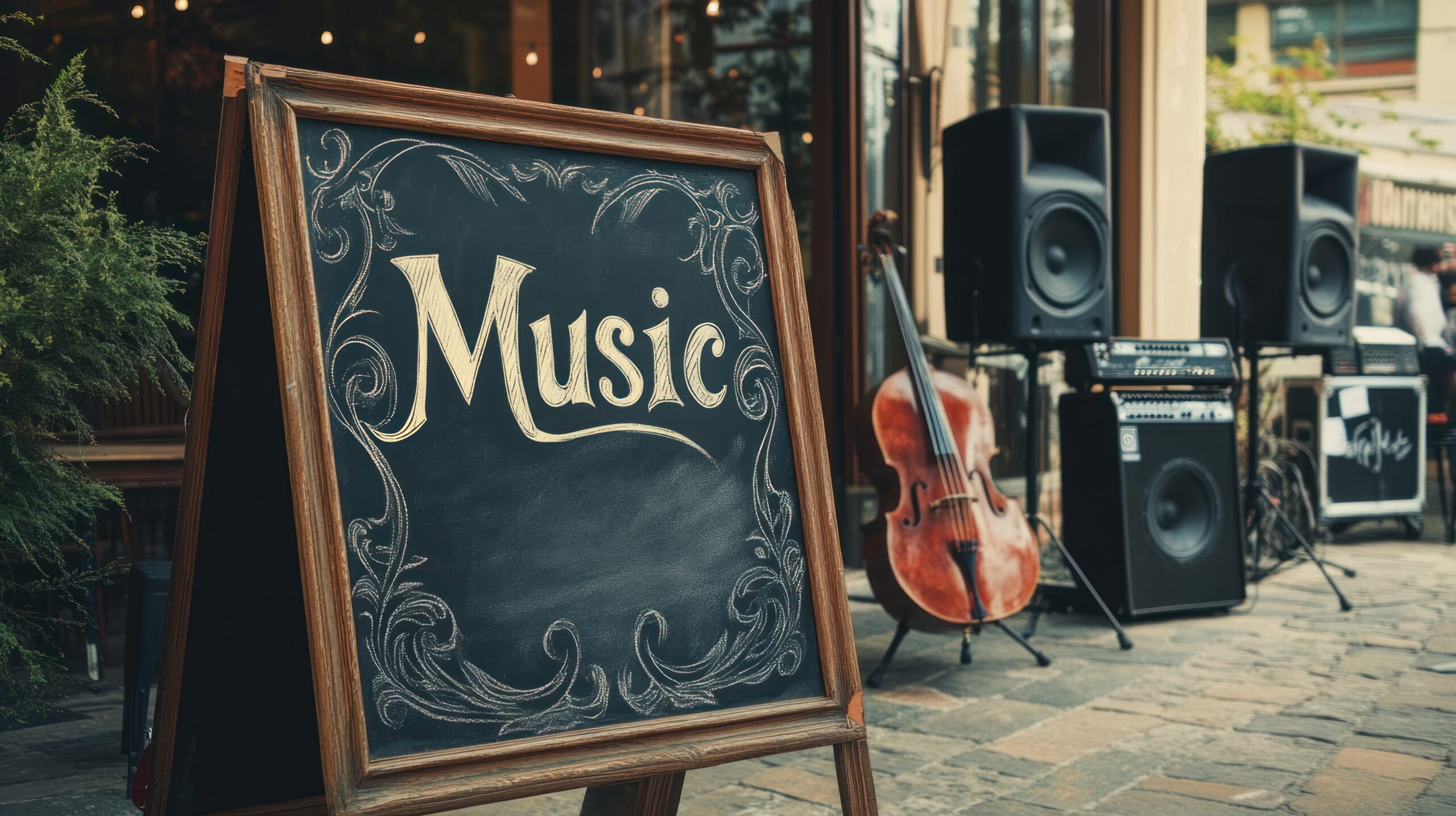In every corner of the world, music serves as a universal language that connects people. But beyond the global hits and chart-topping artists lies the heartbeat of music:
local scenes.
These grassroots networks of artists, venues, and fans play an essential role in shaping community identity and cultural vibrancy. Local music scenes do more than entertain; they build bonds, foster creativity, and preserve unique cultural narratives.
Bringing People Together
At its core, a music scene is a space where people come together to share experiences. Whether it’s a packed bar on a Saturday night or an open-air festival in a city park, live music has the power to unite diverse groups of people. Fans from different backgrounds converge to celebrate a shared love for sound, forming connections that transcend socioeconomic or cultural divides.
Take, for example, a small-town open mic night. Here, aspiring musicians perform alongside seasoned artists, creating an inclusive environment where talent and passion take center stage. These gatherings not only bring the community closer but also foster a sense of belonging.
For many, these events become a regular ritual, offering a space to unwind, connect, and feel a part of something larger.
Shaping Identity
Local music often reflects the unique identity of their communities. Genres and styles evolve based on regional influences, creating a distinct sound that defines a city or town.
Think of Nashville’s country roots, Detroit’s Motown legacy, or Seattle’s grunge movement.
These genres weren’t born in isolation; they grew from the stories, struggles, and triumphs of their communities.
In Hickory, North Carolina, the music scene tends towards a rich blend of traditional Appalachian influences and modern sounds (aside from its’ underground scene).
The city’s bluegrass roots are celebrated through events like the Hickory Hops festival, where local bands showcase their talent alongside craft breweries. Venues such as The Hum provide a stage for cover bands, while the SALT Block hosts performances that blend classical and contemporary styles, reflecting the community’s eclectic taste.
Hickory’s musicians often draw inspiration from the rolling foothills of the Blue Ridge Mountains, creating music that feels both timeless and deeply connected to the region.
In smaller cities and towns, local music can serve as a cultural time capsule, preserving traditions and stories through song. Whether it’s folk ballads passed down through generations or innovative blends of traditional and modern styles, local musicians act as historians, capturing the essence of their environment in their art.
Supporting Emerging Talent
For aspiring artists, local music scenes provide an invaluable stepping stone. Small venues, open mics, and community events offer a platform to gain experience, build confidence, and hone their craft. These spaces also encourage collaboration, leading to the formation of new bands, collectives, and creative projects.
Please. Keep in mind:
small or gaining experience does not equate to ‘bad’.
More often than not, there is so much passion to be experienced from the guy or gal who is looking to grow.
In addition to supporting individual artists, local scenes help sustain the broader ecosystem of music. Independent venues, record stores, and promoters all rely on a thriving music community to stay afloat. These entities often prioritize local talent, providing a critical launchpad for artists before they break onto national or international stages.
Navigating Modern Challenges
Despite their importance, local music scenes face significant challenges in the modern era. The rise of digital streaming has made it easier for artists to reach global audiences, but it has also shifted focus away from local, live music. Additionally, gentrification and the closure of small venues threaten the spaces where these communities thrive.
However, many local scenes have shown remarkable resilience and adaptability.
Musicians are leveraging social media to promote shows, connect with fans, and build loyal followings. Community-driven initiatives, such as crowdfunding campaigns and non-profit organizations, are stepping in to support struggling venues and artists.
Additionally, events like “Save Our Stages” have highlighted the importance of protecting the infrastructure that supports live music.
Personal Stories: The Heartbeat of Local Music
The magic of local music scenes lies in their personal stories. Consider a band that got its start playing in a friend’s basement, eventually packing small venues with loyal fans who feel like family.
In Hickory, North Carolina, one such story is that of the band Time Sawyer. Known for their blend of Americana and folk, the group began their journey playing in intimate venues like Olde Hickory Station and quickly gained a loyal following. Their lyrics often reflect the landscapes and lives of their hometown, resonating deeply with local audiences and showcasing the unique character of the region.
Or the venue owner who risked everything to create a space for artists to share their work. Josh & Isaac of The Hickory Premier are one example. Josh owns and runs Codex Sound, primarily, and further grew the music scene here in Hickory.
Then, there are the fans who’ve spent decades attending shows, becoming unofficial archivists of their city’s musical history.
These stories remind us that local music is more than entertainment—it’s a living, breathing testament to the power of community.
Local music is vital thread in the fabric of our communities. They bring people together, shape cultural identities, and nurture emerging talent. As we navigate a rapidly changing world, it’s important to recognize and support these spaces, ensuring they continue to thrive for generations to come.
So, the next time you hear about a local show…
CONSIDER ATTENDING.
You’re not just enjoying music—you’re contributing to something much bigger: the preservation and celebration of culture, dance, connection, and creativity.


0 Comments